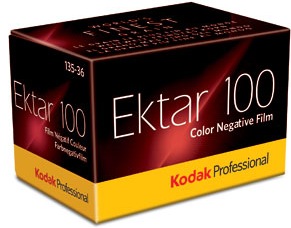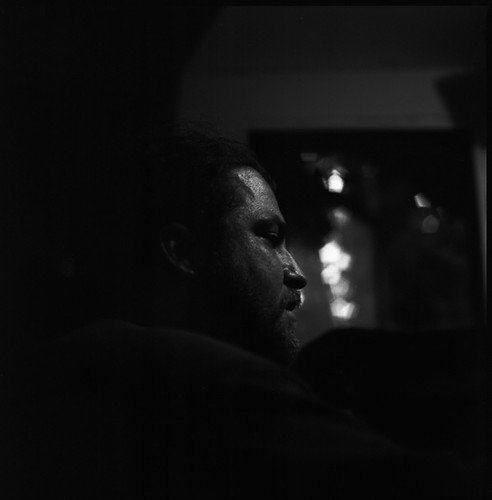By the end of this year, Kodak’s Kodachrome film will be no more. Given that it uses a different chemical process to develop than normal slide film, almost no-one offers processing any more. I think the only surprise is that it took as long as it did to get the axe, but it is the end of an era.
This does not affect Kodak’s Ektachrome range of E-6 slide film, whose availability remains unchanged.
Read the article at Democrat and Chronicle
Thanks to Seth Oestreicher for the heads-up!


